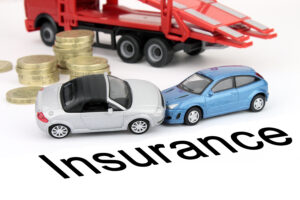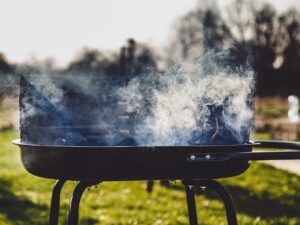 Courtesy of iii.org
Courtesy of iii.org
Walking is definitely good for your health. But it may be dangerous to your life in busy cities, particularly in Florida. A study by Smart Growth America ranked eight Florida metros in the top 10 after analyzing pedestrian deaths over a 10-year period.
The group created a Pedestrian Danger Index to compare pedestrian safety in cities of different size, density, and rates of walking. So, it’s not only a factor of big cities with more cars and more walking. The study contends it is also due to “poor pedestrian infrastructure,” meaning roads are designed to move cars along with little thought to people traveling on foot. There is an interactive map on the group’s website that pinpoints dangerous roads near you.
Statistics on auto crashes show that about 20 percent of pedestrian fatalities are caused by hit-and-run drivers. Did you know that uninsured motorist coverage on your auto insurance policy can provide protection if you are hit as a pedestrian? Well, now you know.
Here is the ranking of the 10 most dangerous cities for walkers:
- Cape Coral-Ft. Myers
- Palm Bay-Melbourne-Titusville
- Orlando-Kissimmee-Sanford
- Jacksonville
- Deltona-Daytona Beach-Ormond Beach
- Lakeland-Winter Haven
- Tampa-St. Petersburg-Clearwater
- Jackson, Miss.
- Memphis, Tenn.
- North Port-Sarasota-Bradenton



